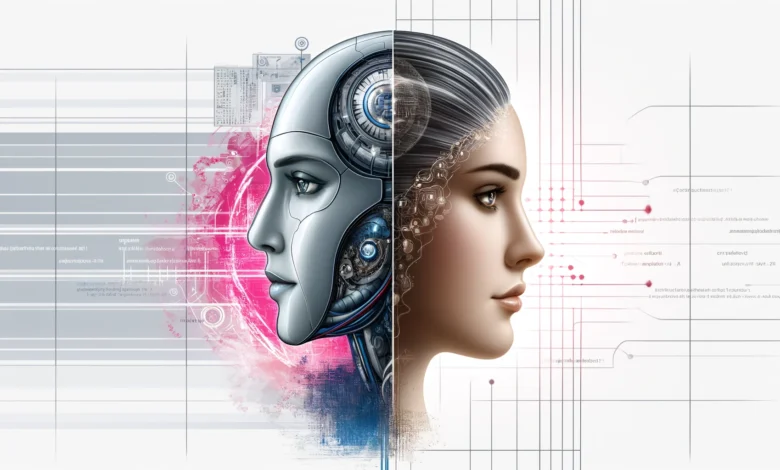The Role of AI in Creating Ultra-Realistic Digital Humans

The emergence of ultra-realistic digital humans is fundamentally linked to advancements in artificial intelligence. Neural rendering techniques and synthetic texture generation allow for precise simulations of human features and movements. This technological synergy not only elevates visual quality but also enables dynamic, personalized interactions. As industries increasingly adopt these digital avatars, questions arise regarding their implications and future potential. What challenges and ethical dilemmas might accompany this rapid evolution?
The Technology Behind Ultra-Realistic Digital Humans
As advancements in artificial intelligence and computer graphics converge, the creation of ultra-realistic digital humans has emerged as a transformative field.
Neural rendering techniques facilitate the generation of lifelike representations by leveraging algorithms that simulate human anatomy and movement.
Coupled with synthetic textures that mimic skin and hair, these innovations enable the production of digital humans that challenge traditional boundaries of realism and virtual identity.
See also: Lupita Karisma Exploring the Life of Lupita Karisma
Applications Across Industries
Numerous industries are harnessing the capabilities of ultra-realistic digital humans, revolutionizing how they engage with audiences and enhance operations.
In the entertainment industry, these digital entities create immersive experiences and personalized interactions.
Furthermore, innovative marketing strategies utilize digital humans to convey brand messages effectively, fostering deeper emotional connections with consumers and maximizing outreach potential in an increasingly competitive landscape.
Ethical Considerations and Challenges
While the rapid advancement of digital humans presents exciting opportunities, it also raises significant ethical considerations and challenges that must be addressed.
Privacy concerns emerge as individuals may inadvertently have their likenesses exploited, while bias issues can perpetuate stereotypes and discrimination, undermining the integrity of digital representations.
These complexities necessitate robust frameworks to navigate the ethical landscape, ensuring responsible development and deployment of AI technologies.
The Future of AI-Driven Digital Avatars
How might the evolution of AI-driven digital avatars reshape human interaction and representation in the digital realm?
These virtual personalities promise to enhance immersive experiences, facilitating deeper connections between users.
As technology advances, individuals may express themselves through highly realistic avatars, fostering unique social dynamics.
This shift could redefine identity, personal expression, and community engagement, ultimately unlocking new realms of digital freedom and interaction.
Conclusion
In conclusion, the advancements in AI-driven technologies for creating ultra-realistic digital humans are reshaping various industries, from entertainment to virtual communication. Notably, a recent study indicates that 85% of consumers prefer interactions with digital avatars that exhibit lifelike characteristics, underscoring the demand for enhanced realism. As the capabilities of neural rendering and synthetic texture generation continue to evolve, the potential for personalized and immersive experiences will undoubtedly expand, raising both opportunities and ethical considerations in this rapidly developing field.





